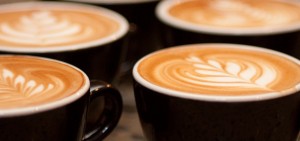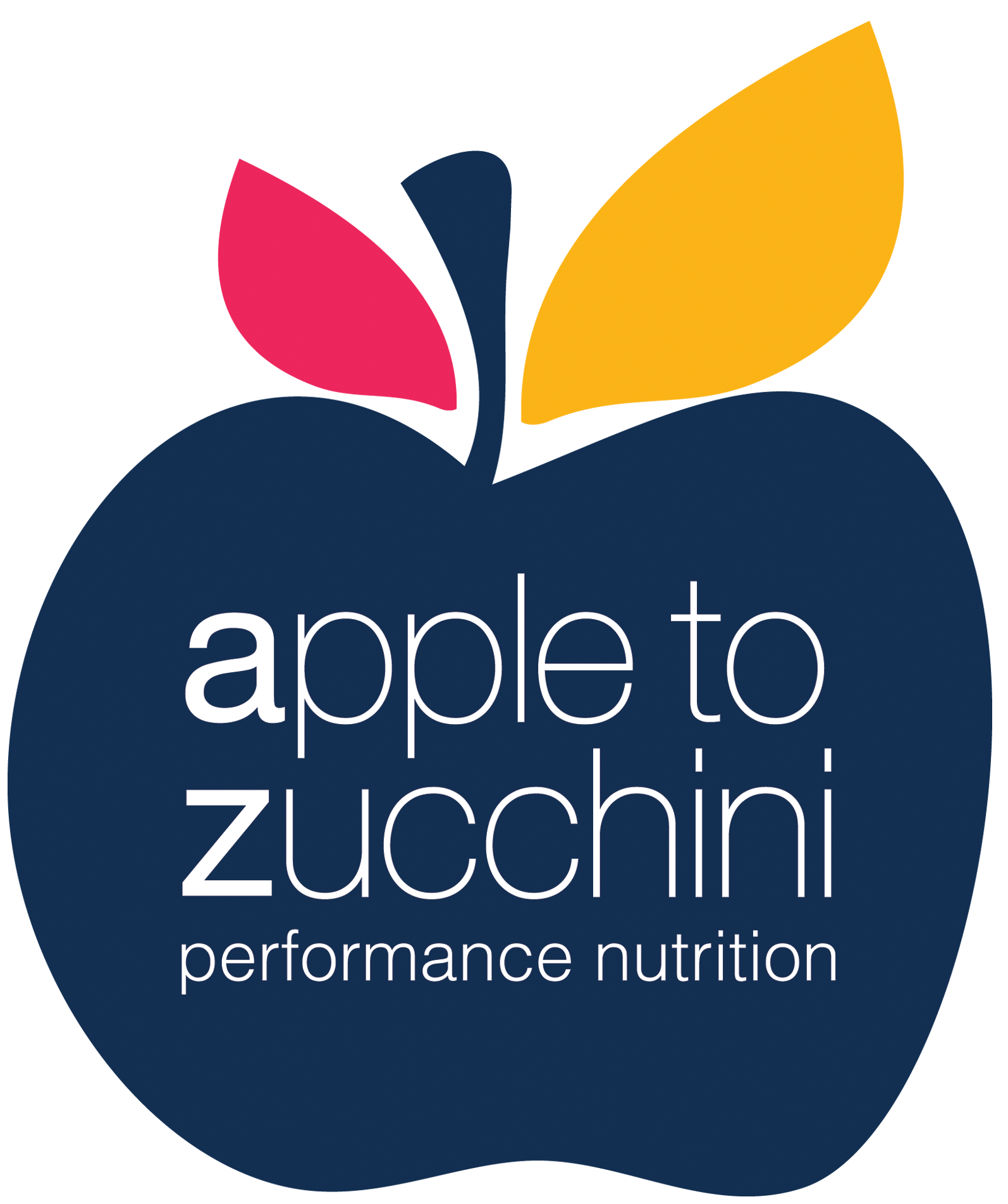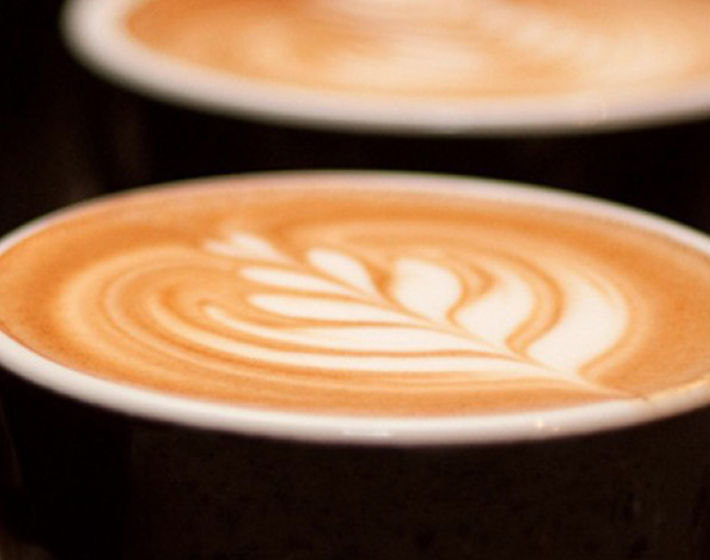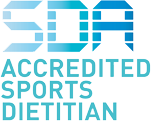 Coffee continues its meteoric rise in popularity. There’s a good chance it’s a fairly integral part of your day, and new companies continue to pop up with some incredibly abstract ways for it to become more entrenched in our lives. Coffee-flavored jerky, anyone?
Coffee continues its meteoric rise in popularity. There’s a good chance it’s a fairly integral part of your day, and new companies continue to pop up with some incredibly abstract ways for it to become more entrenched in our lives. Coffee-flavored jerky, anyone?
Coffee in its original plant form has many therapeutic benefits, but the final product (i.e. the one that ends up in your stomach) has a highly variable caffeine content that can make it difficult to determine if your habitual intake is actually good for you. And we can’t talk about the health of coffee without understanding the amount of caffeine we ingest. Like nicotine, coffee is habit forming, and many people wrongly prescribe it for an energy hit of some description, whether to get through a difficult day in the office or to assist with their own athletic performance. So the question must be asked – do we need it?
It’s time to set the record straight on coffee, as well as caffeine. Here we give you the good, the bad and the ugly, including its merits in athletic performance and how you can properly prescribe it for optimal results.
The Good:
When in doubt, it always pays to look at the evidence. Between 2-3 espresso shots—or its instant coffee equivalent of 4-5 teaspoons—is associated with good health, including protection against the development of diabetes, some cancers, and heart disease.
If used correctly, coffee can also improve your training sessions through increased alertness, focus and energy, while also facilitating greater fat burn (more on that later). It absorbs rapidly and gives you a much more pure “pre-trainer” than the overhyped, overloaded products that are forced down your throat at your local supplement shop.
Considering only the above, you could absolutely find a place for it in your daily routine.
However, if you do not overly enjoy the taste, and you already have a well-rounded diet, the results are not so outstanding to enforce it as part of your lifestyle routine because you’ll obtain similar health benefits elsewhere.
The Bad:
The health benefits of coffee are associated with intakes of 300-400mg. When people have an excess, which in this case is defined as “chronically drinking more than 500mg of caffeine per day”, it leads to numerous short and long term adverse health outcomes such as constriction of blood vessels, reduced cognitive function, and an increased heart rate. Translation? Bad news.
While you may not necessarily be drinking too much coffee, it is prudent to have an understanding of your total caffeine intake – see our “How much caffeine am I consuming?” table below for other significant sources.
Caffeine dependence occurs at all levels of intake, when your consumption is habitual. Any efforts to regulate away from this dependence can be tough, and you may already be familiar with the “caffeine headache”.
It can also be an expensive habit. For those of us addicted to the café style, two coffees a day at $4/each equates to $3,000 per year. Did you ever think your coffee habit could be the reason that vacation eludes you each year?
The Ugly:
With the rise and rise of highly caffeinated energy drinks, we’re seeing potentially dangerous products find their way into the hearts, minds and stomachs of young people who simply do not have the same ability as adults to metabolize caffeine. While many elementary and high schools have recently taken a stronger stance toward the availability of unhealthy products for students, bucking the awkward trend of soft drink giants like Coca-Cola actually sponsoring schools, these products are still readily available at nearby convenience stores and supermarkets.
Even minimal amounts of caffeine will affect young people’s sleep quality, anxiety and stress levels, which obviously directly affects the sleep quality, anxiety and stress levels of their parents. As children grow older and began experimenting with alcohol, there is a further danger of mixing the stimulant properties of caffeine with the depressant effects of alcohol, with potentially lethal results.
Rather than pushing governments to adopt a “nanny state” attitude, which can be seen in cigarettes with plain packaging and strong imagery enforcement, the onus must fall on parents to take more responsibility on educating children around the basic tenets of nutrition and the link between what they consume and their energy levels.
For Athletes:
Caffeine—whether in the form of coffee, pre-trainer or a NoDoz caplet—can enhance performance if it’s consumed before a training session.
In contrast, pre-trainers manufactured by the supplement conglomerates generally throw in a lot of other ingredients that don’t actually work, and charge you through the roof for it. Why pay more for this, especially if you don’t even know what you’re getting?
 For the desired effect to take place, you need between 1-3mgs of caffeine per kg of bodyweight. Most people having a NoDoz caplet will notice a greater ability to burn fat because caffeine stops your brain from realizing how hard you’re going so you can push harder. Any more than that and the diuretic impact of it can kick in, leaving you dehydrated, so it’s definitely not something you want to over prescribe, especially if you’re an endurance athlete.
For the desired effect to take place, you need between 1-3mgs of caffeine per kg of bodyweight. Most people having a NoDoz caplet will notice a greater ability to burn fat because caffeine stops your brain from realizing how hard you’re going so you can push harder. Any more than that and the diuretic impact of it can kick in, leaving you dehydrated, so it’s definitely not something you want to over prescribe, especially if you’re an endurance athlete.
Importantly, NoDoz is a standardized dose, whereas other caffeine sources are harder to gauge for their exact caffeine levels. Even a simple espresso shot or cup of black tea can vary significantly in its caffeine levels.
As always, if you’re entering a competition, make sure you only use a caffeine source that you have tested several times in practice. However, if properly tested on yourself in controlled doses, coffee is one of the healthiest and best performing pre-trainers out there, and certainly much healthier than anything you’d find in a tub.
Conclusion:
If you are a big coffee fan, do not exceed 2-3 espresso shots per day. Keep a limit of 400mg in mind for the average person because, like pretty much everything, over consumption leads to more harm than good, and caffeine overload can severely detract from both your athletic performance and your daily function. To manage your intake, a typical single shot of espresso has ~100mg of caffeine, whereas instant coffee has 60mg of caffeine.
Finally, remember that no one knows your own body better than you do, and there are many factors that can influence individual sensitivity such as age, weight and health history. If you feel like 300mg has you flying a bit close to the sun, dial your intake back to what works for you.
How much caffeine am I consuming?
Use the below table as an approximate guide to determine the caffeine intake of select products.
Note: for products that can be influenced before consumption (i.e. anything that is not pre-packaged), or have a wide variety of available brands, average caffeine level can vary greatly. Please use the above as an approximate guide.


